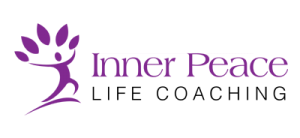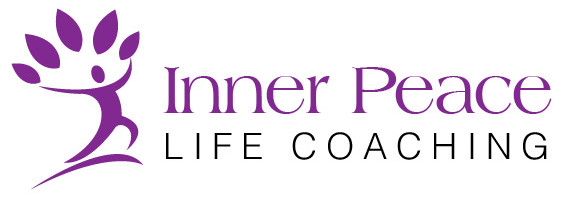The Confidence Connection
The Confidence Connection
Aristotle once said “Anyone can become angry-that is easy. But to be angry with the right person, to the right degree, at the right time, for the right purpose, and in the right way, this is not easy.
Emotional intelligence is the trademark characteristic that separates the exceptionally brilliant from the mediocre. These individuals are star performers who have a distinctive appeal. It is defined as “the capacity to be aware of, control and express one’s emotions, and to handle interpersonal relationships judiciously and empathetically.” In a rapidly changing world, the adaptability factor is a key driver for great performance.
Brain profile assessments are a great way to figure out one’s unique combination, so to speak, which will subsequently aid an individual to make informed and categorical choices. The SEI Brain Brief Profile provides a snapshot of your brain’s current style for processing emotional and cognitive data.
In a sense we have two minds and two different kinds of intelligence; rational and emotional. A person’s IQ might be exceptional, but its emotional intelligence that plays a pivotal role in his continued success.
The single most important contribution education can make to a child’s development is to help him towards a field where his talents best suit him, where he will be satisfied and competent. We have completely lost sight of that.” His influential book, “Frames of Mind” is a masterpiece that refutes the notion that an individual who is born with an exceptional IQ is automatically destined for success while those with a substandard intelligence can resign themselves to a life of mediocrity.
Despite making rapid strides in every field, unfortunately, as a society, we haven’t yet addressed the importance of teaching children the importance of conflict resolution and expressing emotions unreservedly. Emotional competency is not a byproduct of a brain profile assessment, though they play a huge role in assessing an individual’s strengths and weaknesses. The unlimited potential that emotional intelligence offers is staggering and they must be taught and modeled for children. If not now, then when? This is a global crisis with a reach that extends beyond the borders of race and economic status. In the desperate struggle for economic prosperity, an entire generation of children are growing up starved and desperately deficient in emotional strengths. Social isolation, aggression, and difficulties in concentration are just the tip of the iceberg with a world of problems that spiral out of control in adulthood.
Emotional competencies developed during childhood play a very significant role in shaping an individual’s ability to handle failure. Parents who regularly coach their children and provide feedback consistently during the formative years undeniably lay the groundwork whose ripple effects are immeasurable.
The Journey towards emotional literacy is fraught with a host of factors that can’t be quantified. Brain profile assessments undoubtedly offer a window of opportunity into the inner workings of the mind. But, emotional intelligence is a byproduct of a child’s formative years and the complex set of life events coupled with a timely intervention that plays a definitive role in the outcome. There are always exceptions to the rule. To say that we need emotionally intelligent people in positions of power would be an understatement.
Emotional competency is built during periods of intense stress.
Brains may come in handy, but as a predictor of long term success, emotional intelligence undoubtedly grabs center stage.
For more details on Brain Profile assessment, please visit the below link.
https://innerpeacelife.com/brain-profiles/
Sajid Ahamed is a certified Brain Profile assessor from Six Seconds. He is also a Grinder approved NLP Trainer in India and the Middle East. He has been running NLP Practitioner Courses in India and the Middle East. He has been coaching Clients for effective parenting skills and Enhancing Emotional intelligence. You can book a free session with him using the below link.
https://my.timetrade.com/book/LNX16
IPLC Team












